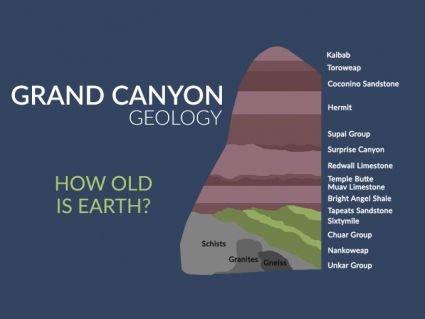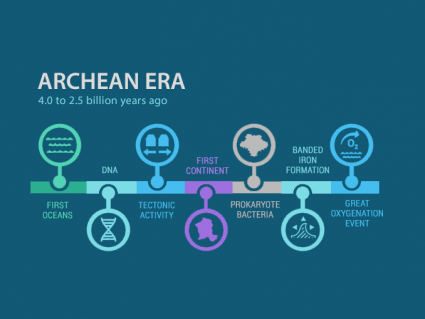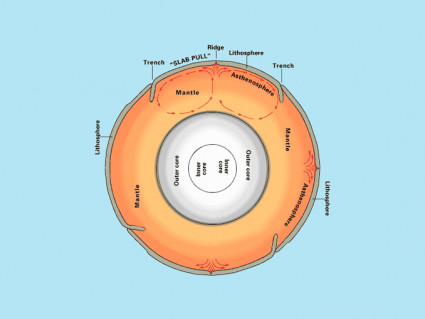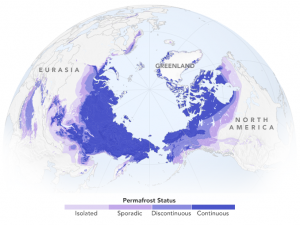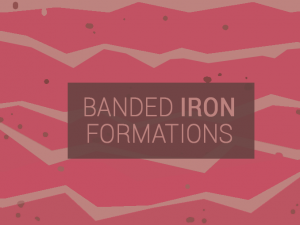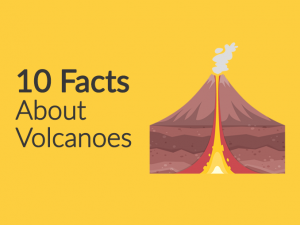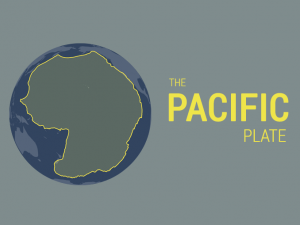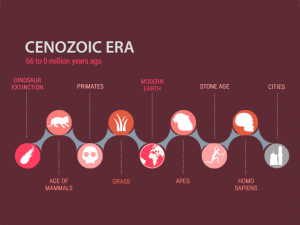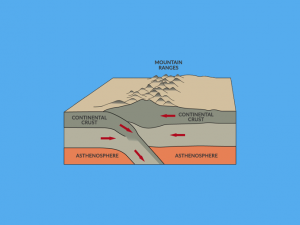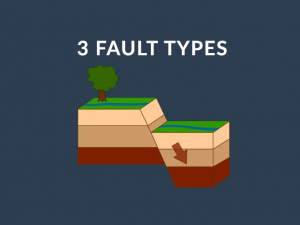Terrace Farming: A Step-by-Step Explanation
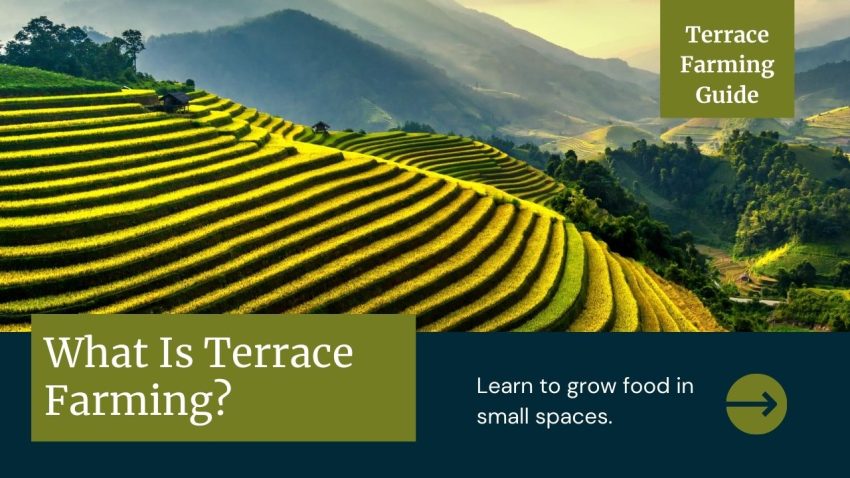
Introduction to Terrace Farming
Terrace farming involves creating step-like fields in hilly areas, allowing farmers to grow crops on slopes. By using terrace agriculture, farmers can grow food on land that might otherwise be unusable.
This method is important because it prevents rainwater from washing the soil away. Although it’s an ancient technique, it’s still very effective. Today, we’ll provide you with a step-by-step (pardon the pun) explanation of terrace farming.
Environmental Benefits of Terrace Farming
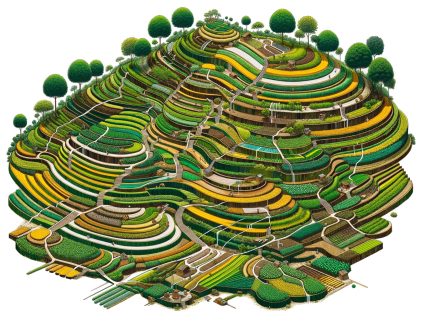
Terrace farming plays a key role in reducing soil erosion, as the terraces hold the soil in place. By creating flat areas on slopes, it significantly reduces water runoff.
Another benefit of terrace agriculture is that it retains nutrients in the soil. It not only boosts soil fertility but also increases biodiversity. This is because it creates habitats for diverse plant and animal species.
Finally, step farming combats deforestation. By utilizing steep lands without extensive tree removal it promotes efficiently using limited land. This prevents the need for clearing more forests.
Cultural Significance
Terrace farming is common in Asia, especially in China and the Philippines. In South America, the Incas were known for it. Here’s some background on the use of terrace agriculture around the world.

Philippines’ Rice Terraces
The rice terraces in the Philippines are over 2,000 years old. Created by the Ifugao people, they show amazing skill in water management and farming. These terraces are more than just farms. They’re a key part of Ifugao culture and tradition. They stand as a symbol of nature and human ingenuity.
Inca Terrace Farming
In the Andes, ancient civilizations like the Incas mastered terrace farming. These terraces allowed the growth of a wide variety of crops in tough mountain conditions. They reflect advanced knowledge in ecology and water management. Today, they’re known to for their Andean societies’ sustainable agriculture and cultural richness.
Balinese in Indonesia
The Balinese in Indonesia used terrace farming mainly for rice cultivation. They built intricate terraces on the steep slopes of their island. They called this system a “Subak, which is not on the UNESCO World Heritage list. These step farms ensured water flowed evenly to all the terraced fields.
Techniques and Methods
Here’s a breakdown of the key techniques and methods in terrace cultivation:
Construction
Here are some terms to know regarding the construction of step agriculture:
- Terraces: These are the step-like ledges cut into mountainsides. This creates flat areas for cultivation.
- Retaining Walls: These walls support the terraces, holding soil and preventing erosion.
- Drainage: Proper drainage systems are crucial to avoid waterlogging and soil erosion.
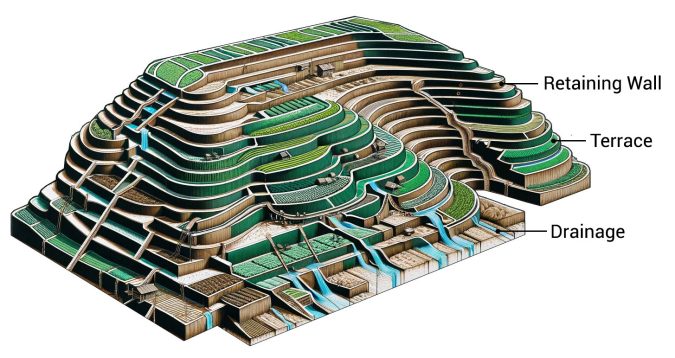
Water Management
Below, you’ll find important terms related to water management:
- Irrigation Channels: These channels distribute water evenly across terraces.
- Water Conservation: Terraces help in conserving water by reducing runoff and increasing groundwater recharge.
- Efficient Use: The system allows efficient use of water. This is important in mountainous areas with limited water sources.
Crop Rotation
Finally, here are some benefits related to crop rotations in any type of agriculture:
- Different Crops: Rotating different crops helps in maintaining soil fertility.
- Nutrient Management: Different crops absorb and replenish different nutrients in the soil.
- Pest Control: Crop rotation helps in controlling pests and diseases naturally.
- Sustainable Yield: This practice ensures a sustainable yield over the years.
This video highlights the construction of terraced fields and irrigation systems. These techniques showcase a blend of agricultural knowledge and environmental adaptation. Terrace farming is one of the most unique types of agricultural practice in challenging terrains.
Step Farming in Agriculture
Terrace farming is a unique method of farming seen in different parts of the world. It involves creating steps on steep land for farming, which helps in growing crops on hills and mountains.
In conclusion, terrace farming shows how cleverly people can farm on difficult land. It’s popular worldwide because it’s effective and works well with nature.


